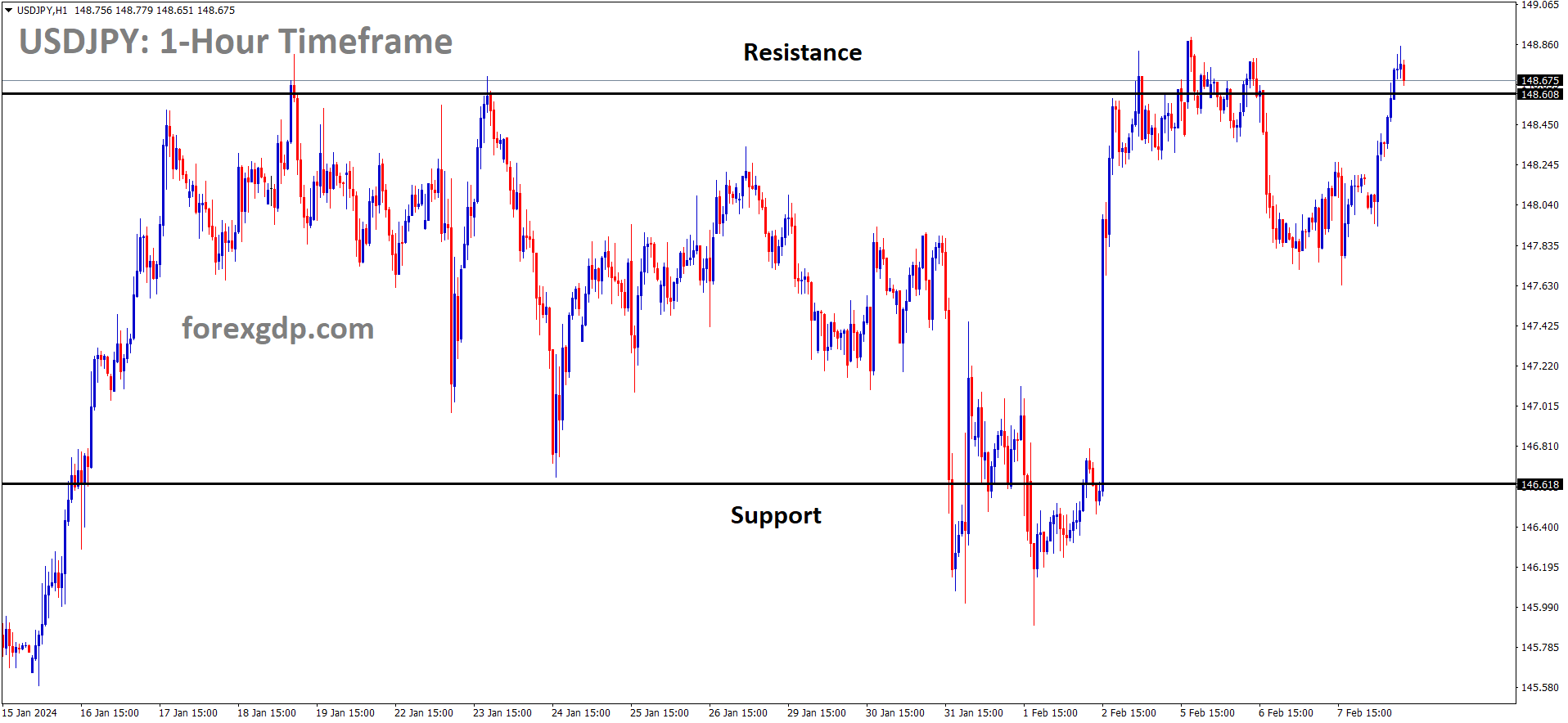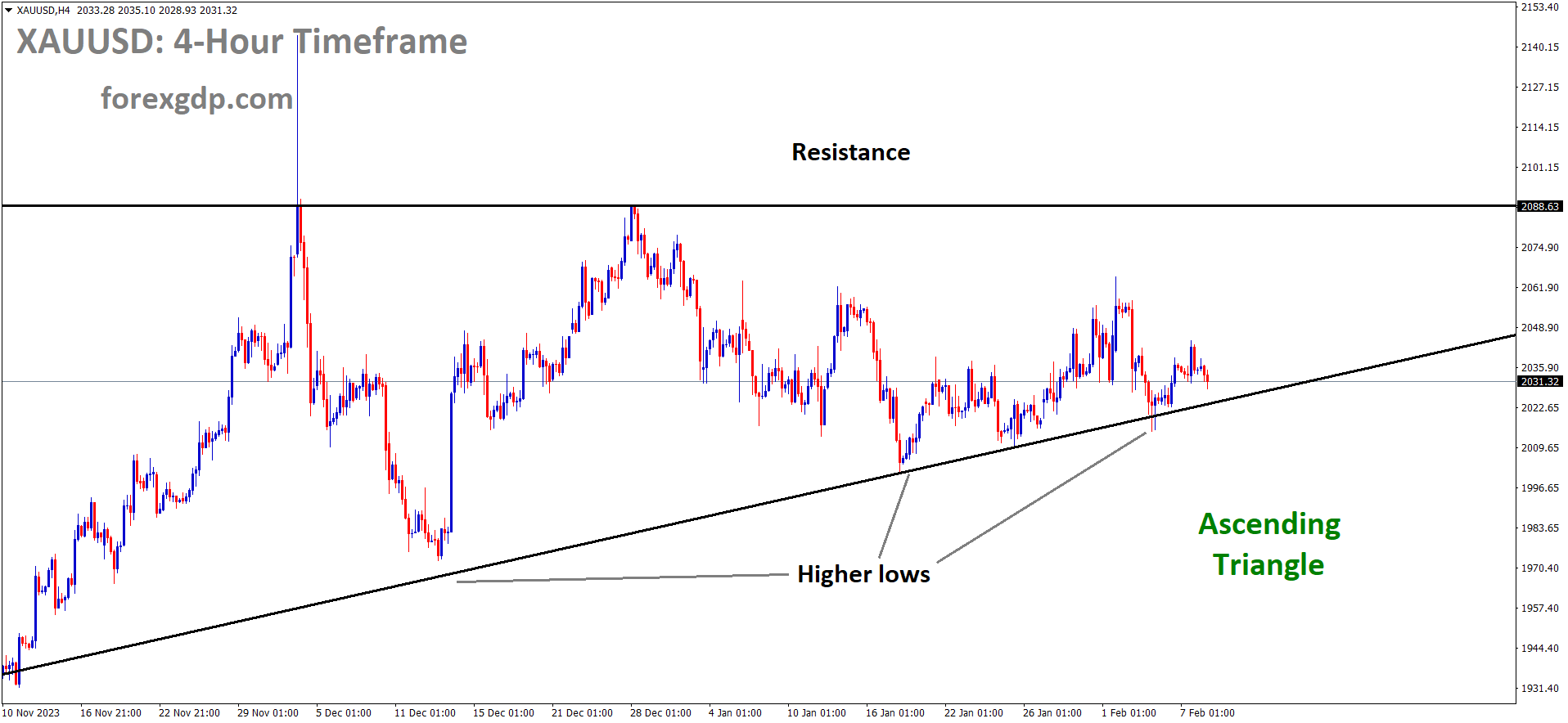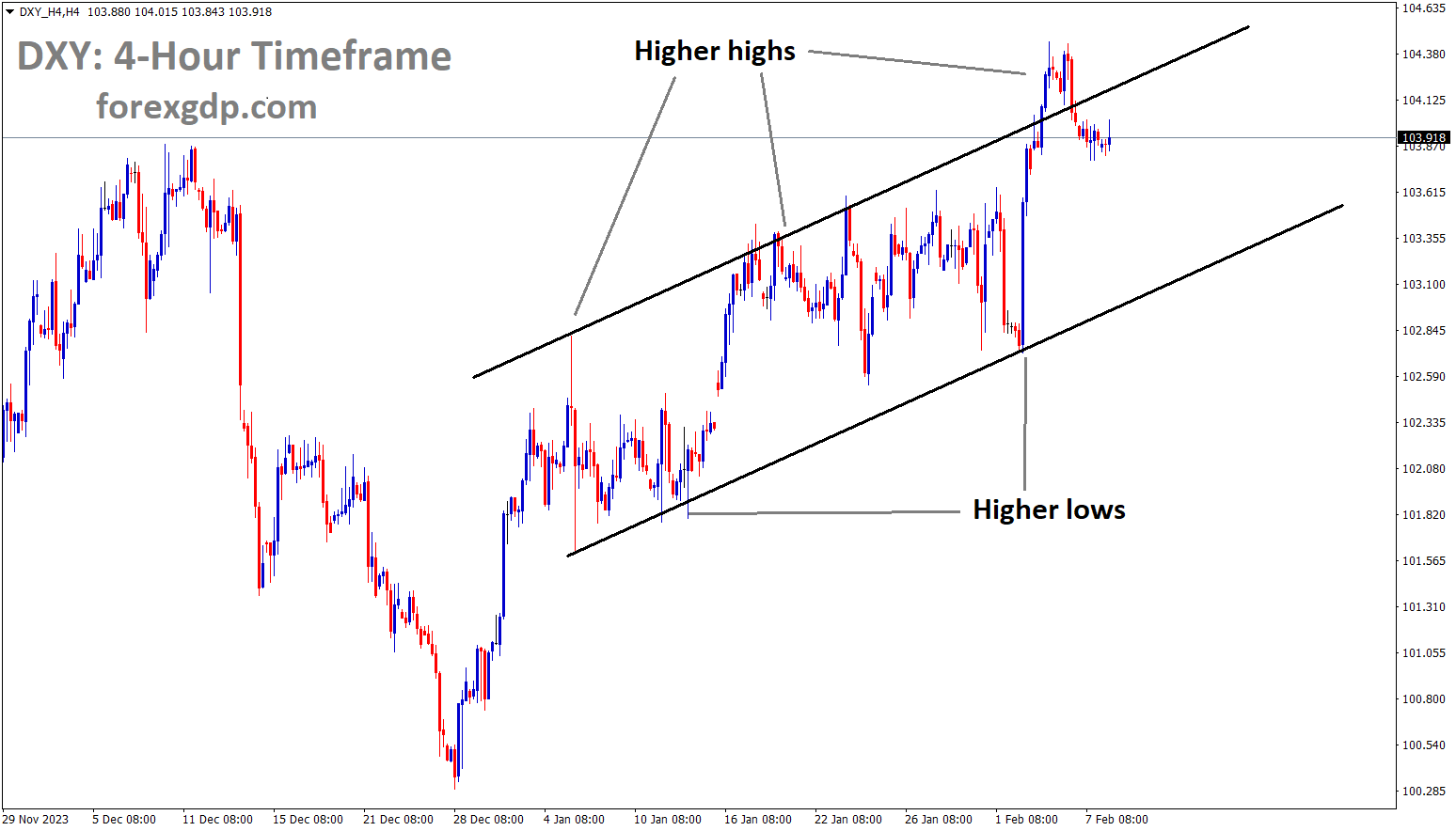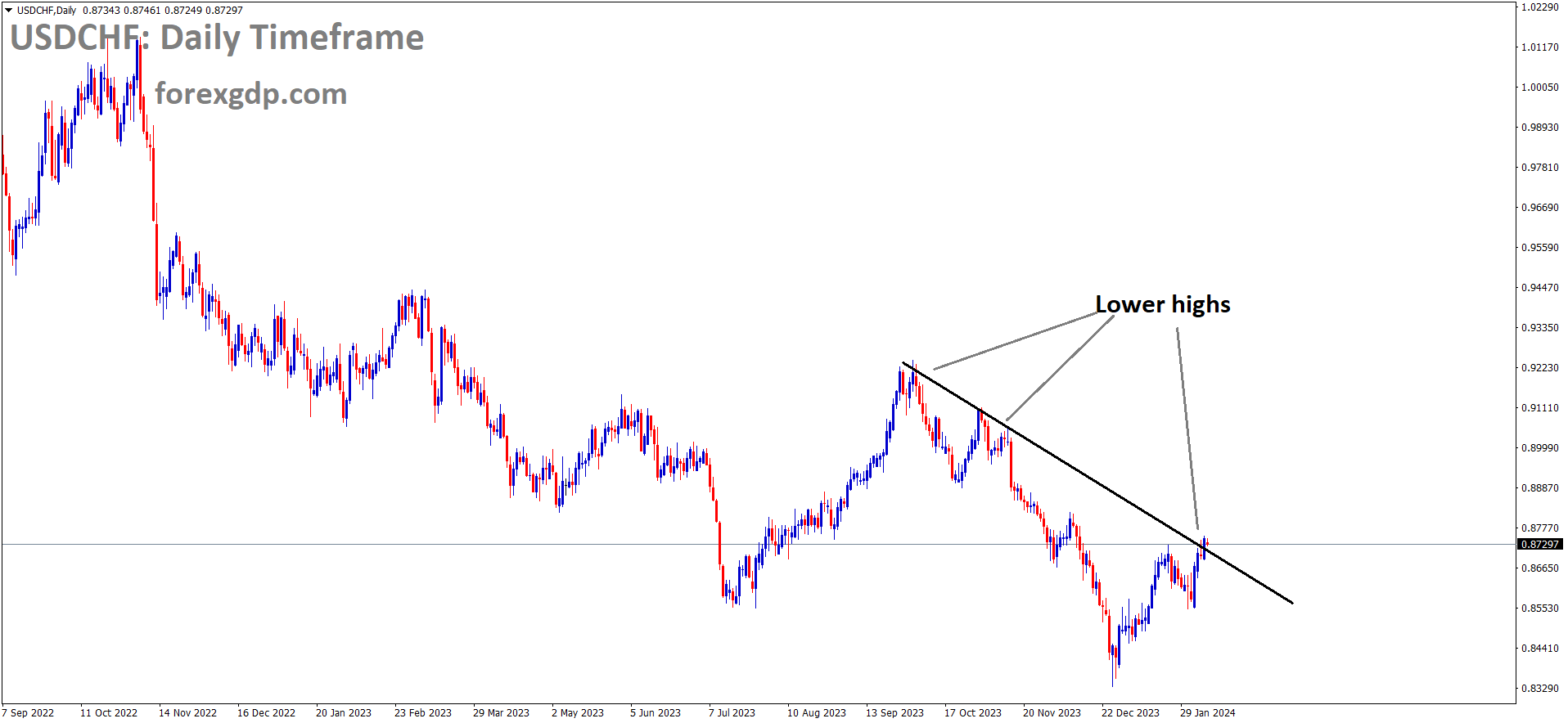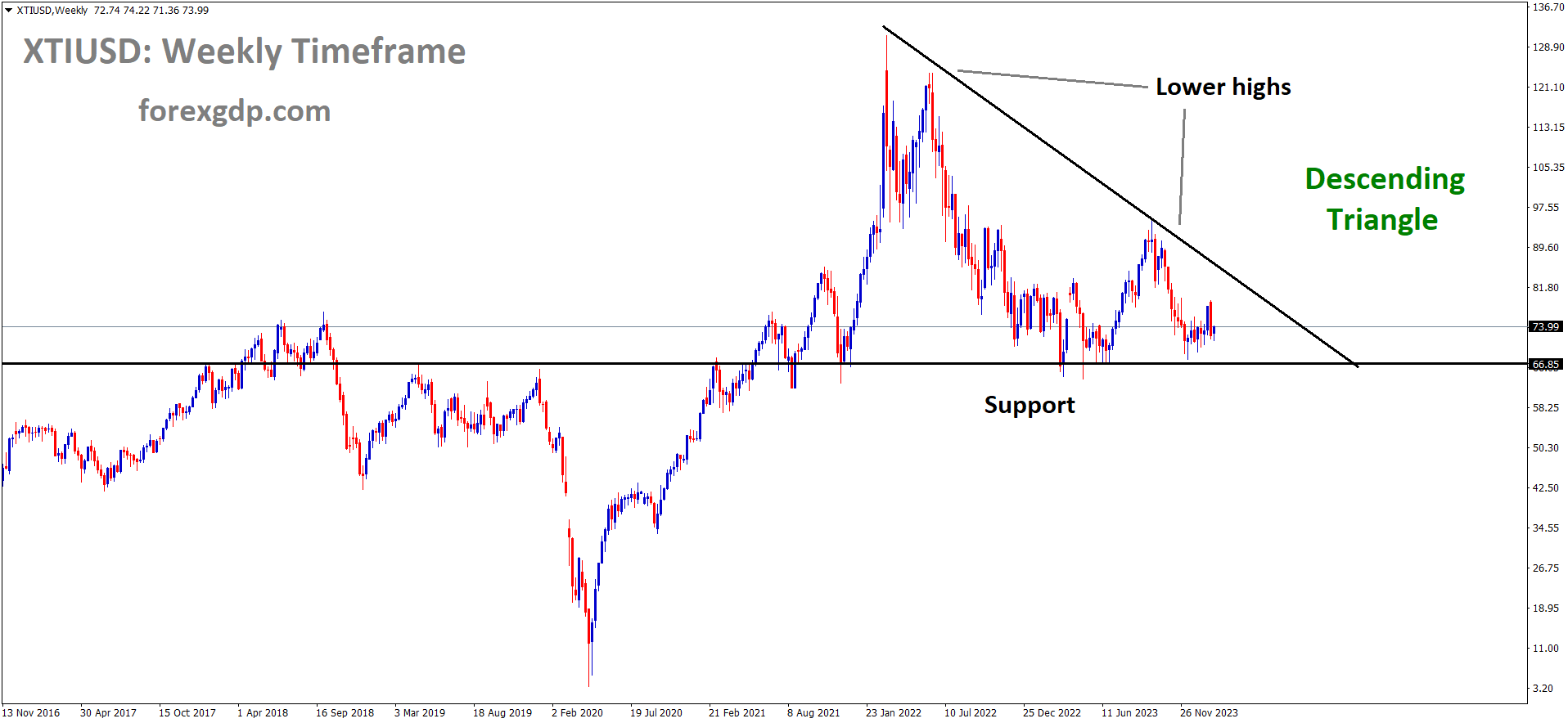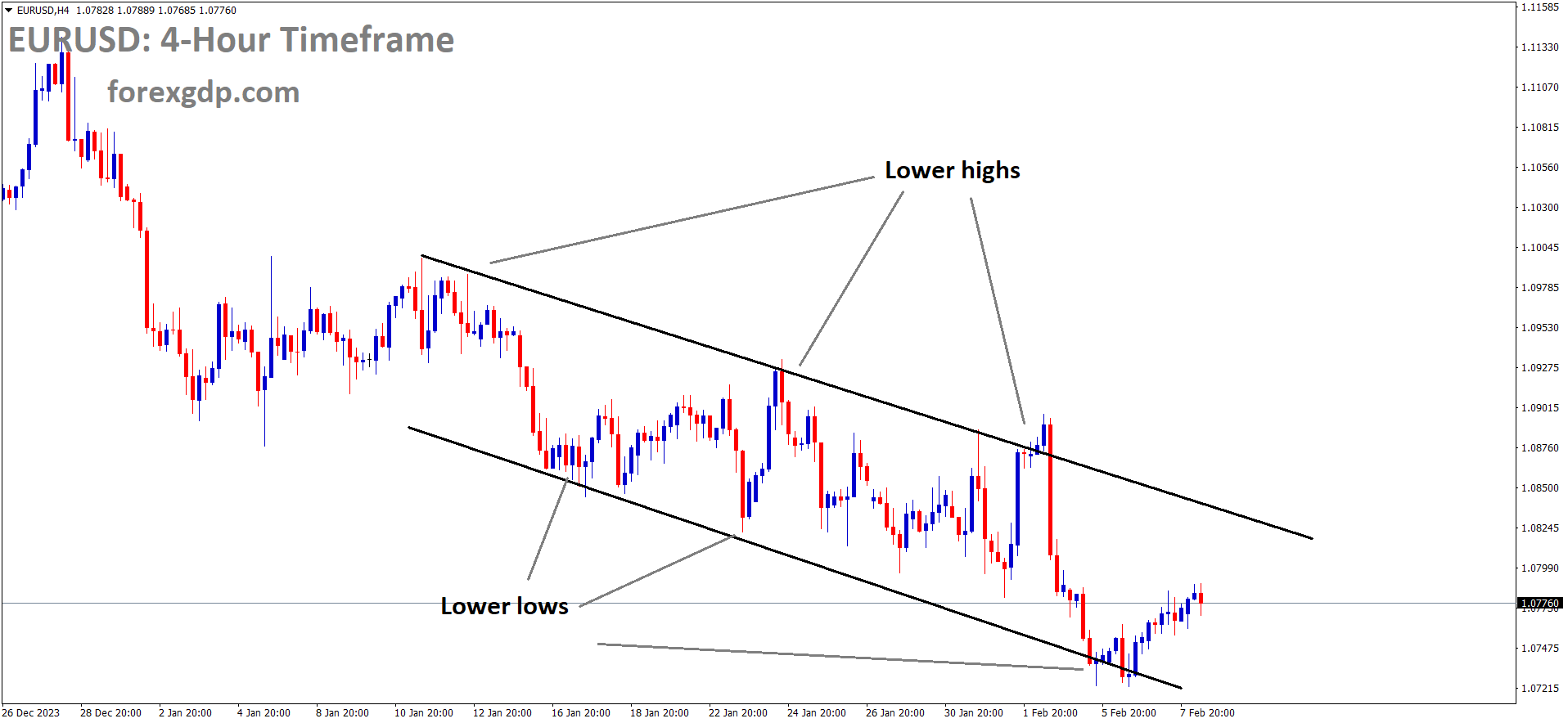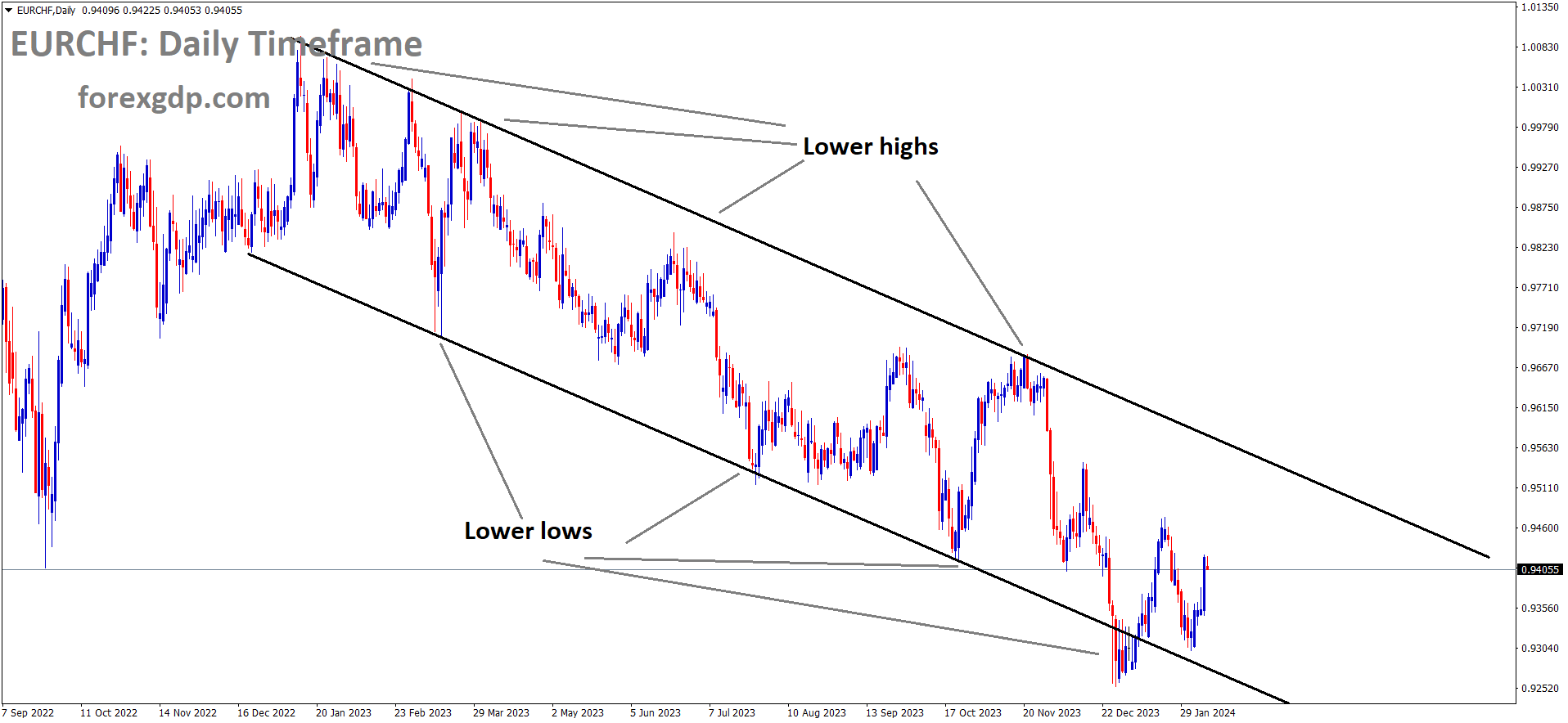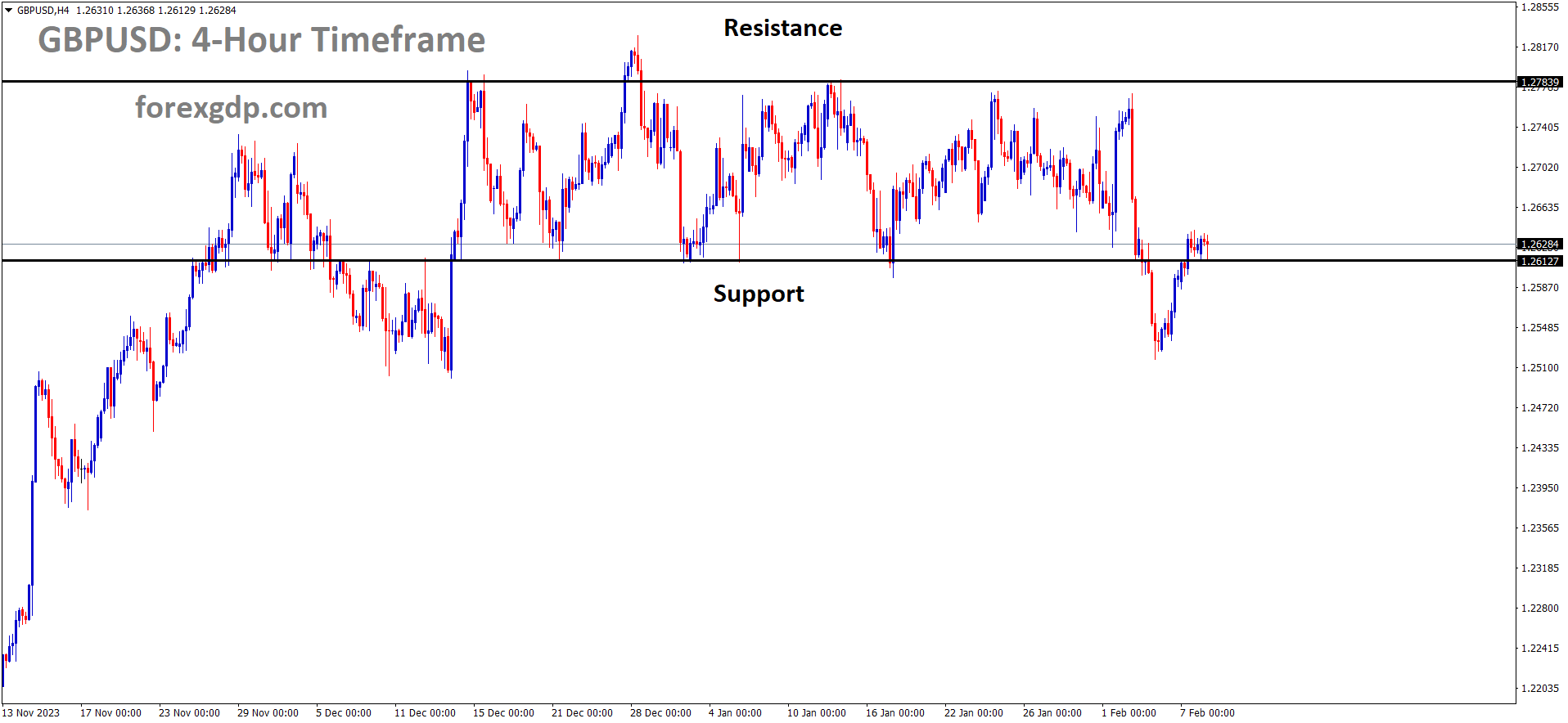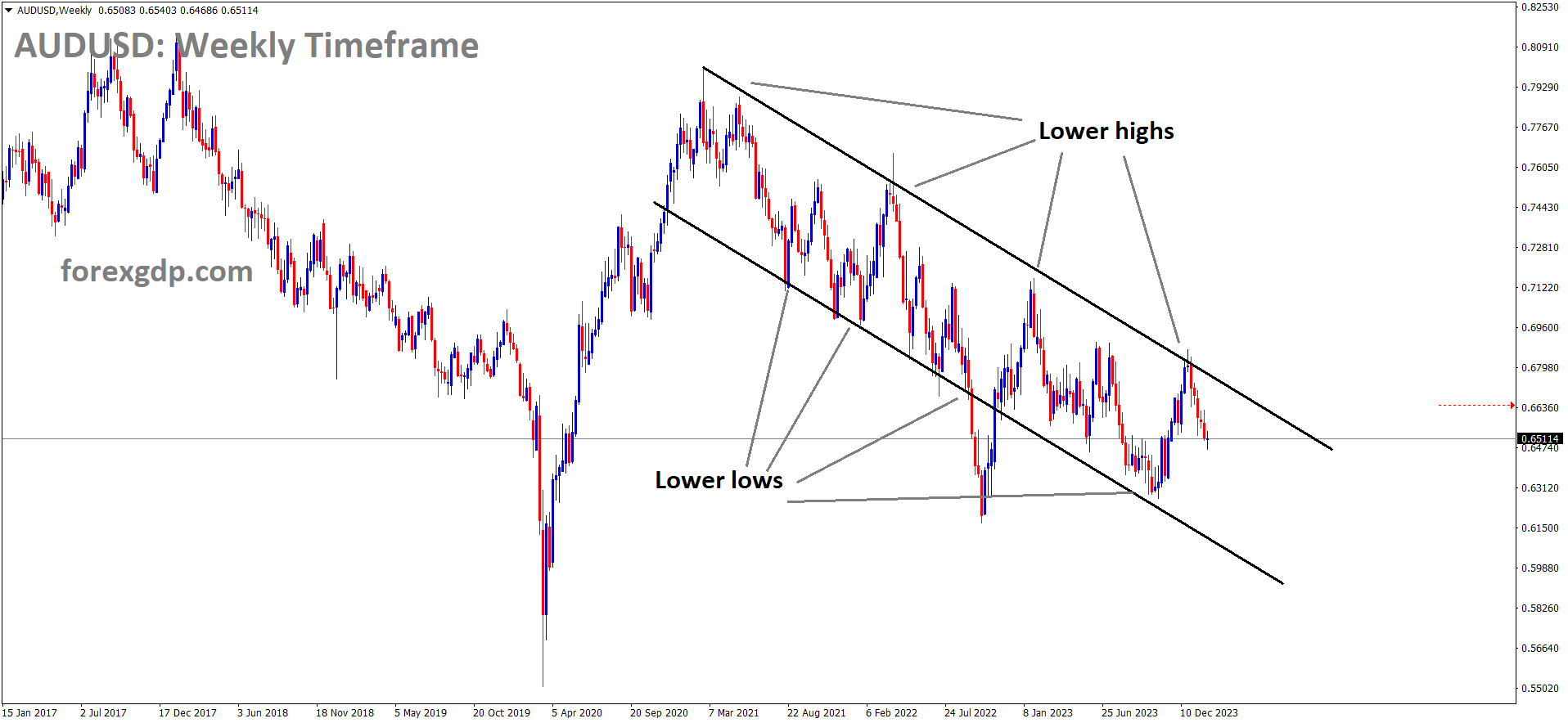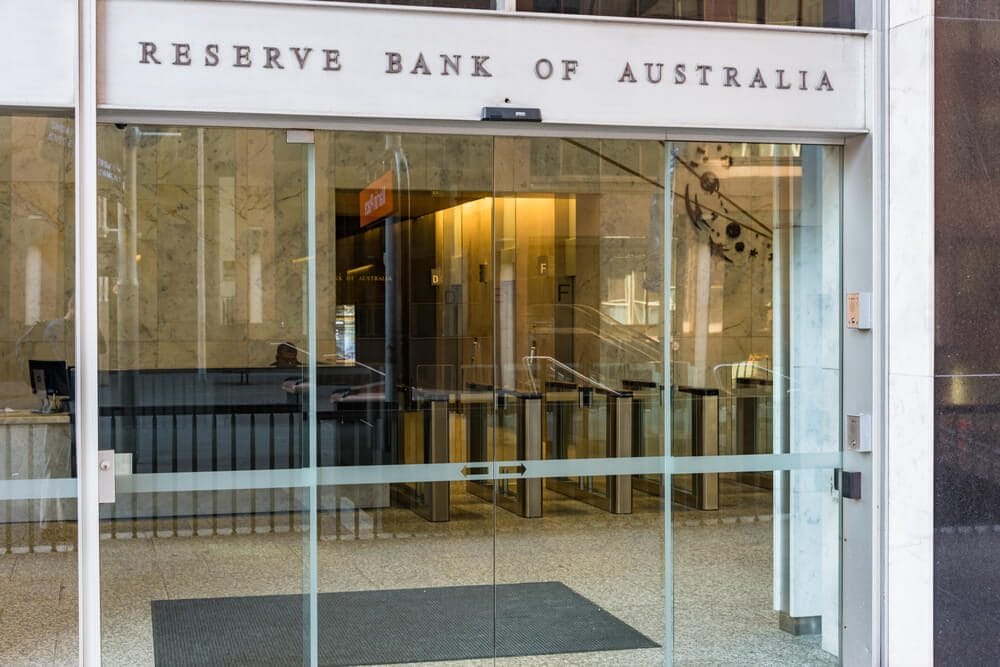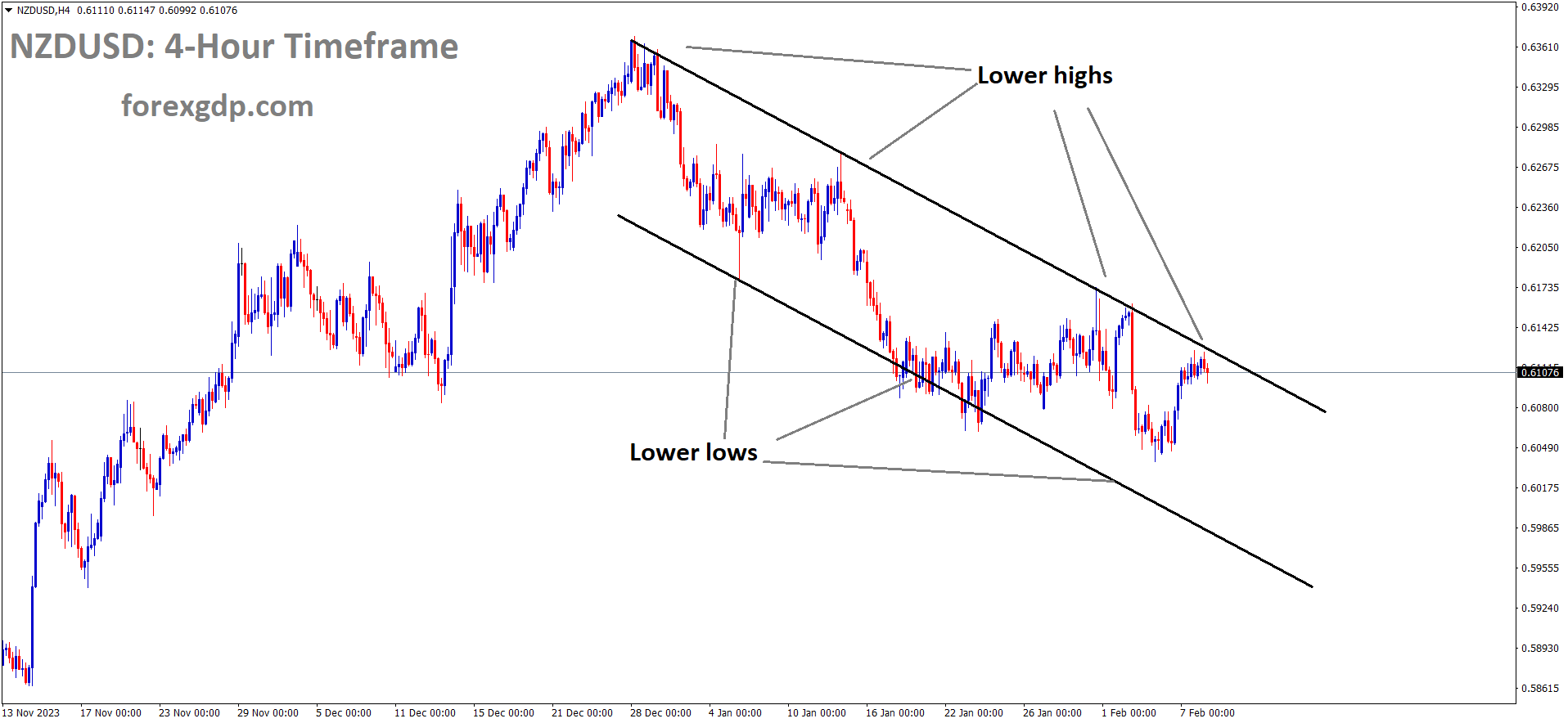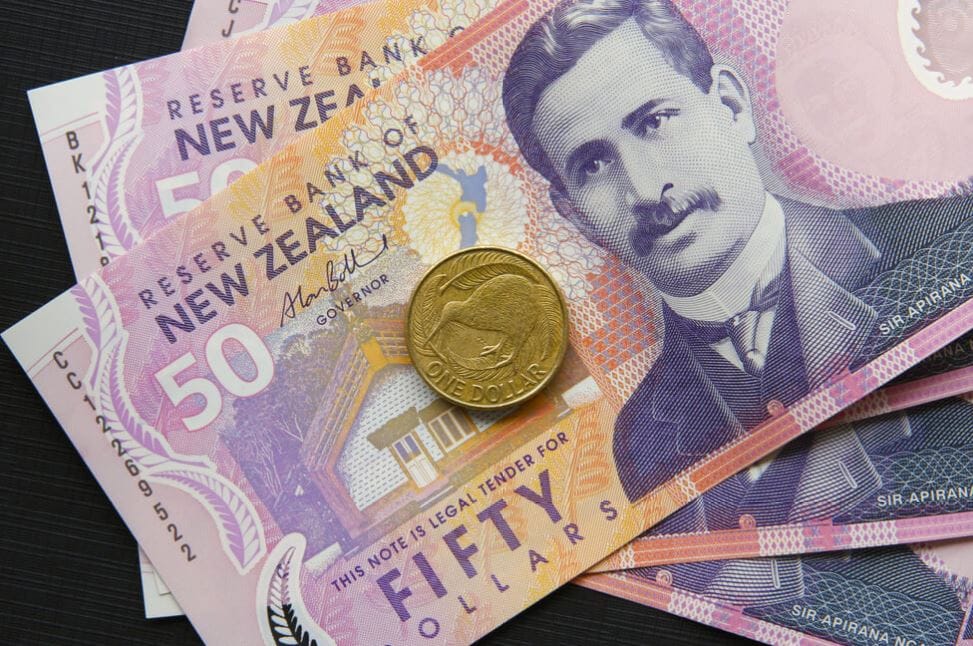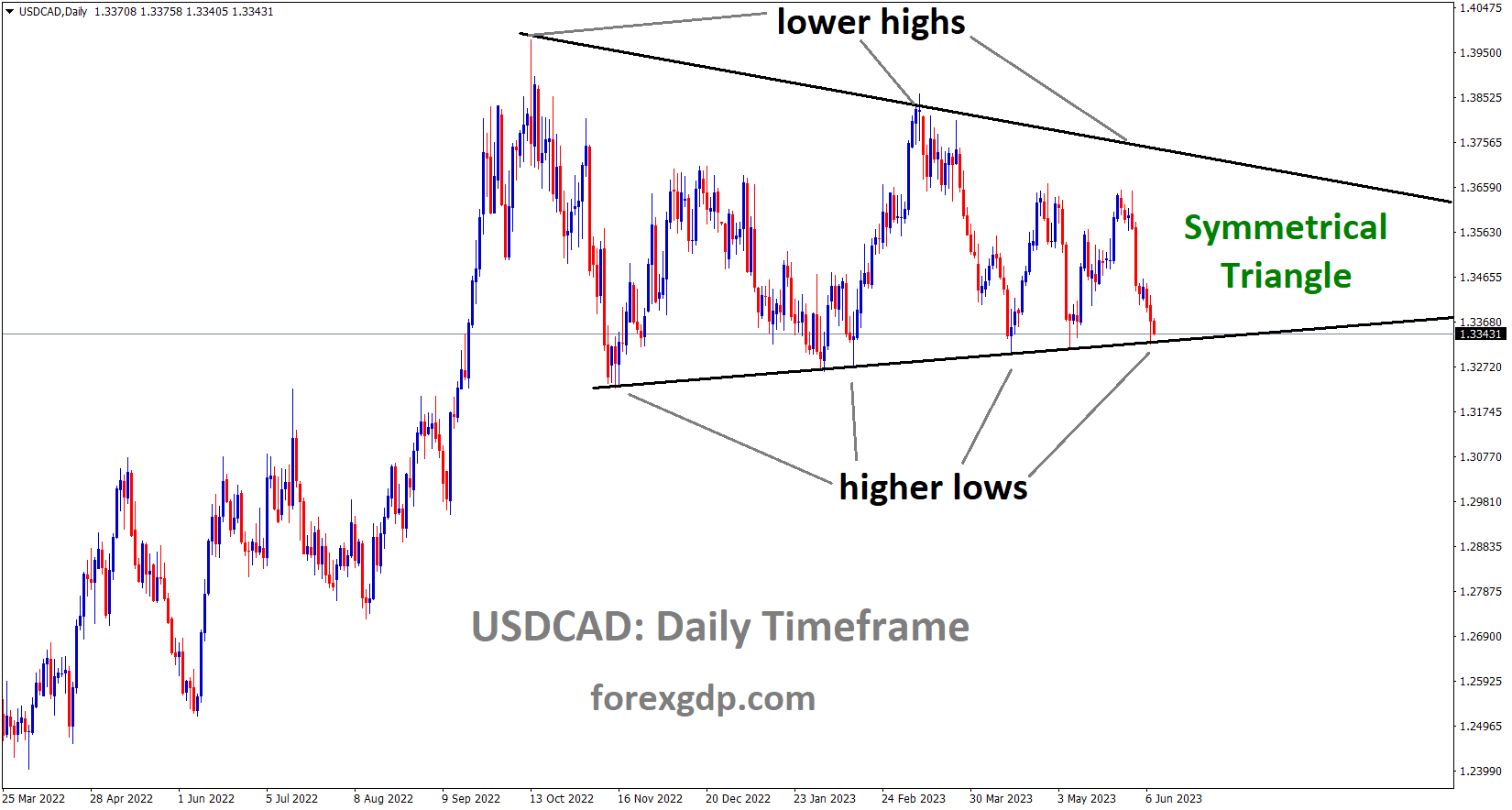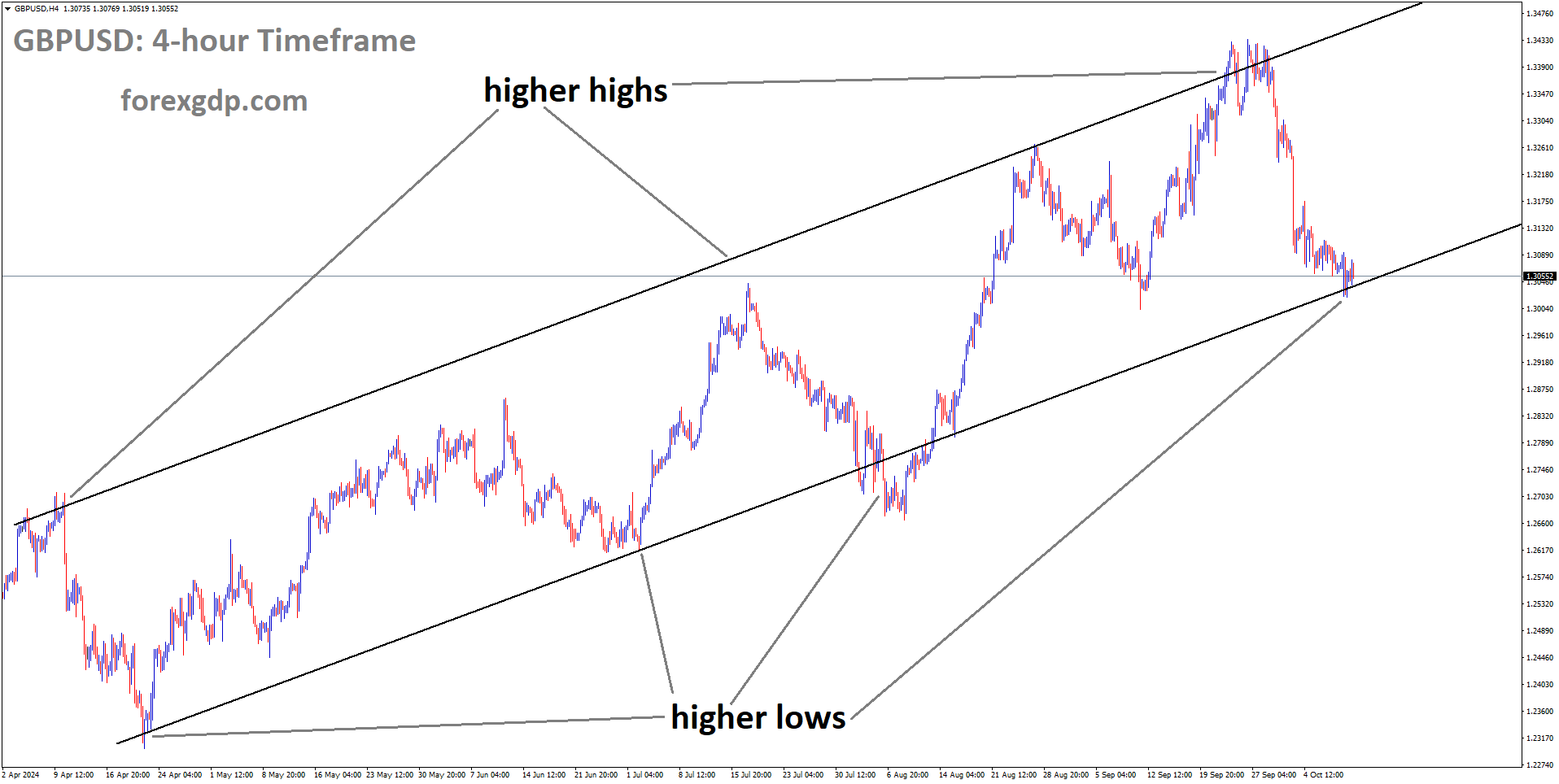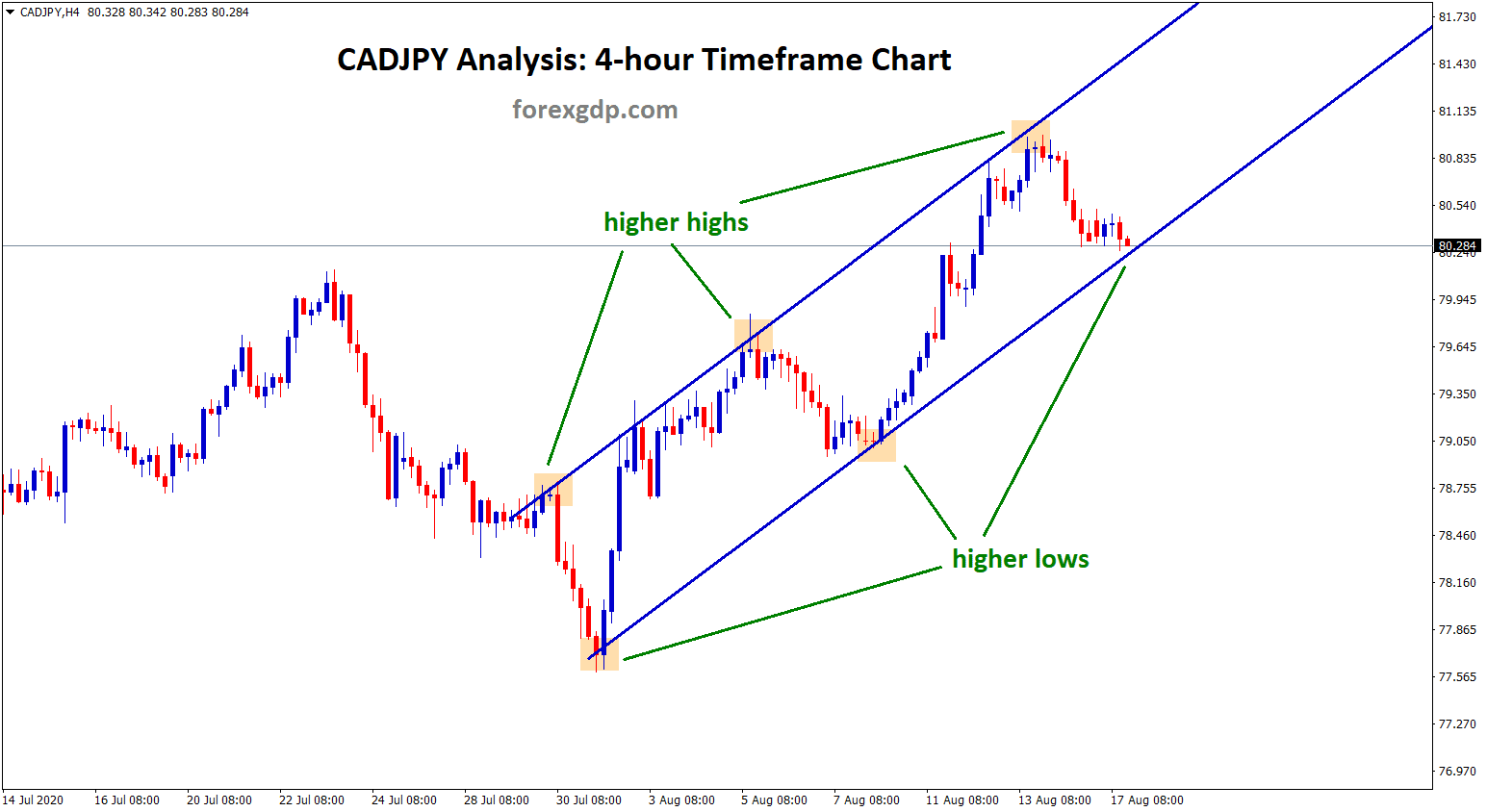USDJPY – BoJ’s Uchida: Rate Path Hinges on Economic, Price Trends
The Bank of Japan Deputy Governor Shinichi Uchida said further developments in the economy are based on inflation and wage growth only. We will terminate YCC, but it does not mean stopping purchasing bonds. Once we achieve standard 2% inflation in line with higher wage growth then only we shift policy to the Positive side from the current negative side.
USDJPY is moving in the Box pattern and the market has reached the resistance area of the pattern
– BoJ Deputy Governor Shinichi Uchida emphasized that the future rate path is contingent on economic and price developments.
– Key considerations include monitoring the pace of increase in inflation expectations and assessing the level of price dynamism, including wage growth.
– Before deciding on a policy shift, the BoJ will evaluate whether the necessary conditions are met and determine the most appropriate means and sequence for implementation.
– Terminating Yield Curve Control does not imply an abrupt halt to bond buying; decisions will be based on economic developments at the time.
– The decision to expand or reduce the balance sheet when scaling back massive stimulus will depend on prevailing economic conditions.
– Positive signs of rising prices leading to increased wage growth have been observed.
– The outcome of this year’s annual wage negotiation is considered crucial in determining the potential commencement of a positive economic cycle.
– The likelihood of achieving and sustaining the 2% inflation target is gradually increasing.
– Uchida refrained from making assessments or comments on market perceptions of the future rate path.
– The commitment to overshooting the inflation target by the BoJ will be decided once a sustained achievement of the 2% inflation target is in sight.
– The government and BoJ share a common understanding in guiding policy.
– Emphasis is placed on supporting the economy to achieve sustainable 2% inflation, recognizing the importance of accompanying wage growth for long-term success.
Japan Adjusted Current Account Falls Short: ¥744.3B vs. Expected ¥1,018.9B
Japanese current account balance came at lower than expected in January month. Yen 744.3 billion printed versus Yen 1.01 Trillion forecasted. Foreign investment in Japanese Stocks declined to Yen 308.4 billion versus the previous reading of Yen 721 billion.
Japan’s Current Account Falls Short of Expectations: Adjusted trade balance at ¥744.3 billion, below the forecast of ¥1.01 trillion, marking an eleven-month low. Foreign Investment in Japanese Stocks Declines to ¥308.4 billion from the previous ¥721 billion.
GOLD – Holds Gains as Fed Avoids Rate-Cut Speculation
Gold prices are consolidating after the FED decision on rate hold and hot job markets sustained in the US. With the Positive Domestic data printing in recent days from the US side, the US Dollar moved in strong against counter pairs.
XAUUSD Gold price is moving in an Ascending triangle pattern and the market has reached the higher low area of the pattern
Gold seeks recovery in Wednesday’s early New York session amid uncertainty on the timing of Federal Reserve rate cuts. While the Fed contemplates rate cuts, it remains cautious due to strong labor demand and positive household spending, providing both support and restraint for the non-yielding asset.
Market Movers Digest: Gold Aims Higher as Fed Eyes Two or Three Rate Cuts in 2024
Gold aims to reclaim a two-day high near $2,040 as investors await Federal Reserve guidance on inflation and interest rates. Strong January economic indicators suggest the US is outperforming expectations, indicating a persistent inflation outlook.
With a light US economic calendar this week, investor attention turns to Fed policymakers’ speeches for insights into the timing of interest rate reductions. Cleveland Fed President Loretta Mester’s Tuesday speech highlighted deepening uncertainty over inflation, delaying policymakers from providing a timeline for rate cuts. Mester emphasized a robust labor market and resilient household spending, allowing the Fed to maintain restrictive interest rates while gathering evidence on sustainable inflation decline to the 2% target.
Mester affirmed the Fed’s intention to lower interest rates, maintaining the forecast of three rate cuts this year. Philadelphia Fed President Patrick Harker, in his remarks, didn’t signal a shift to an easy policy but expressed confidence in the Fed’s progress in bringing inflation down to 2%, envisioning a path to a “soft landing.” A soft landing occurs when a central bank achieves price stability without triggering a recession.
USDINDEX is moving in an Ascending channel and the market has fallen from the higher high area of the channel
The US Dollar Index, inversely related to Gold, has eased despite expectations of no rate cut in March, defying the typical pressure on Gold. Reduced expectations for a May rate cut stem from the Fed’s hesitancy, lacking sufficient evidence of sustainable inflation slowdown to the 2% target. Fed policymakers express concerns about premature rate action, fearing a resurgence of price pressures.
Minneapolis Fed President Neel Kashkari notes the need for more months of positive inflation data for confidence in returning to the 2% target, suggesting the possibility of two or three rate cuts this year.
Upcoming speeches by Fed policymakers, including Richmond Federal Reserve Bank’s Thomas Barkin and Federal Reserve Governor Michelle Bowman, hold significant importance for market direction.
USDCHF – Fed’s Kugler: Possible Rate Cut Amid Cooling Inflation, Labor Markets
US Federal Reserve Governor Adriana Kugler said inflation in the US has calmed down as FED expectations. But still have the space to fulfil our Goal, So rate cuts will be done once our goal of inflation is achieved to the 2% target and cooling labour markets.
USDCHF is moving in the Descending channel and the market has reached the lower high area of the channel
Federal Reserve Governor Adriana Kugler expressed satisfaction with significant progress on inflation and remains optimistic about its continuity, according to Reuters.
Key Points:
– Fed’s job on inflation is not done yet.
– Will stay focused on Fed’s inflation goal until confident inflation is durably returning to the 2% target.
– Risks to our dual mandate are roughly balanced.
– Our policy stance is restrictive.
– At some point, cooling inflation and labor markets may make rate cut appropriate.
– If disinflation progress stalls, may be appropriate to hold the policy rate steady for longer.
– Continued moderation of wage growth, normalization of price-setting, and anchored inflation expectations are likely to contribute to continued disinflation.
– Pleased that cooling of labor demand has not led to a rise in layoffs.
– Expecting consumer spending to grow more slowly this year, should help with disinflation.
– Some measures of financial conditions have eased but remain relatively tight and are consistent with continued progress on inflation.
– Paying close attention to upside inflation risks from geopolitics.
XTIUSD – WTI at $74.20, Positive Bias as Israel Rejects Hamas Ceasefire
US OIL crossed over $74.20 after Israel dismissed the war-stop offer from Hamas’s side last day. So US Secretary Anthony Blinken is on the speech between these two countries, Now Hamas went to Egypt and Qatar nation to stop the War as early as possible.
XTIUSD is moving in the Descending triangle pattern and the market has rebounded from the support area of the pattern.
WTI gets boost as Israel rejects Hamas ceasefire; US considers further talks. API Weekly Crude Oil Stock improves by 0.674 million barrels, falling short of the expected 2.133 million. However, EIA reports a surge in Crude Oil stockpiles at 5.521 million barrels, exceeding expectations of 1.895 million. The Permian shale basin’s slowest growth since 2021 and the EIA’s forecasted decline in US oil production growth in 2024 contribute to the oil price rise.
EURUSD – Struggles Below 1.0800 on Wednesday
The euro currency is weak in the market after the domestic readings were lower printed in recent days. ECB’s economic bulletin is due today, based on further decisions that will be taken on monetary policy decisions.
EURUSD is moving in the Descending channel and the market has rebounded from the lower low area of the channel
European economic indicators soften, missing mid-week expectations. Rate cut enthusiasts await Thursday’s ECB Economic Bulletin for insights on the proximity of a potential rate cut, following the peak in euro area rates last September.
Market Movers Digest: EURUSD Hovers Below 1.0800 on Tight Wednesday Trading
– Germany’s MoM Industrial Production falls more than expected in December at -1.6%, compared to the forecasted -0.4%. November’s -0.7% sees an upward revision to -0.2%.
– The ECB’s latest Economic Bulletin is scheduled for release at 09:00 GMT on Thursday. ECB’s Elderson and Lane are also set to speak on Thursday.
– Germany’s annualized Harmonized Index of Consumer Prices (HICP) inflation, due Friday, will be a crucial data point for the Euro (EUR) this week, with a forecast of 3.1% for the year ending January.
– Fed of Minneapolis President Neel Kashkari reaffirms the Fed’s rate cut assessment for 2024, expecting 2 or 3 rate cuts by year-end. Emphasizes the need for patience and thorough data assessment before any cuts.
– Fed Board of Governors member Adriana D. Kugler notes that inflation is progressing in line with the Fed’s goals, expressing optimism about rate cuts if price growth continues to recede. However, she warns that high consumption poses a threat to progress on disinflation, as spending remains a significant contributor to Q4 GDP growth.
EURCHF – Potential for Further Dips to 0.9300 in 1-3 Months – Rabobank
War fears in Geopolitical areas and recession fears in the Euro area make the Euro look weaker in tone to the Swiss Franc.
EURCHF is moving in the Descending channel and the market has rebounded from the lower low area of the channel
EURCHF hit a record low at the close of 2023 and has seen a slight uptick since. Rabobank analysts examine the outlook for EURCHF.
Swiss Franc may react strongly to Eurozone challenges
Amid geopolitical influences that could trigger CHF buying, the Swiss Franc can be especially responsive to challenges within the Eurozone. Factors such as economic stagnation, budgetary limitations, and labor strikes in Germany, coupled with calls for structural reforms in the largest European economy, might constrain the potential for appreciation in EUR/CHF over the medium term.
GBPUSD – Rises to 1.2630 on Weaker USD, UK Housing Prices Up
UK Halifax housing price index came at 2.5% in January. This data shows The Bank of England did not do rate hikes in the near term. This is confirmed by Bank of England Deputy Governor Sarah Breeden.
GBPUSD is moving in the Box pattern and the market has rebounded from the support area of the pattern
Fed Chair Powell deems March too early for rate cuts, with June eyed by investors. Various Fed governors, including Kugler, Collins, Kashkari, and Barkin, remain noncommittal on the timing of a rate cut. Kashkari emphasizes the need for confidence in the inflation outlook before considering rate reductions.
UK Halifax House Prices show a robust 2.5% YoY growth in January. BoE Deputy Governor Breeden suggests no rush for interest rate cuts, shifting focus to the duration of current rate levels. Market anticipates a 61% probability of a BoE rate cut in June.
Upcoming focus on US Initial Jobless Claims, Wholesale Inventories, and speeches from Fed’s Barkin and BoE’s Mann. Traders will closely observe these events for potential trading opportunities in the GBP/USD pair.
AUDUSD – AUD Stalls Amid Stable USD, Focus on Initial Jobless Claims
The Australian Dollar moved positively after the Chinese data of CPI came at higher than expected today. In January month, China’s CPI came at 0.30% MoM versus -0.40% expected. Annual CPI declined by 0.80% versus -0.50% expected. PPI data declined by -2.5% versus the -2.6% expected.
AUDUSD is moving in the Descending channel and the market has fallen from the lower high area of the channel
On Thursday, the Australian Dollar (AUD) rebounds, driven by a positive market sentiment. Despite the US Federal Reserve’s commitment to maintaining elevated interest rates until reaching a sustainable 2% inflation target, the US Dollar (USD) encounters challenges. Improved conditions in the Australian money market contribute to the support for the Aussie Dollar (AUD), strengthening the AUD/USD pair.
Reserve Bank of Australia (RBA) Governor Michele Bullock’s hawkish remarks post the interest rate decision on Tuesday further boost the Australian currency. The RBA chooses to keep its Official Cash Rate steady at 4.35%.
Governor Bullock refrains from providing explicit guidance on future policy actions, with futures markets currently pricing in two potential RBA interest rate cuts this year, with the first anticipated in September.
In January, the Chinese Consumer Price Index (CPI) grows by 0.3% MoM, slightly below the expected 0.4%, but an improvement from the previous reading of 0.1%. The annual CPI decline of 0.8% surpasses the anticipated 0.5% decline and the previous 0.3% decline. Additionally, the Producer Price Index (YoY) records a 2.5% decline, slightly lower than the expected 2.6%.
The US Dollar Index continues its three-session decline, influenced by a correction in US Treasury yields. Federal Reserve Chair Jerome Powell dismisses the possibility of a rate cut in March, with Thursday’s focus on job data, including US Initial Jobless Claims for the week ending February 2.
Federal Reserve Governor Adriana Kugler expresses satisfaction with significant inflation progress on Wednesday, expressing optimism about its continuity. Meanwhile, Fed Boston President Susan Collins, speaking at the Boston Economic Club, hints at potential rate cuts later in the year if the economy aligns with expectations.
Market Movers: AUD Gains with Stable USD in Daily Digest
– Australia’s December AiG Industry Index: -27.3, compared to the prior -22.4.
– Australia’s Retail Sales : 0.3% rise in Q4, up from the previous 0.2% growth.
– Australian Trade Balance (MoM) for January: 10,959M, down from the revised December figure of 11,764M.
– Australia’s Judo Bank Composite PMI: Improved to 49 in January from 48.1. Services PMI rose to 49.1 from the previous 47.9.
– Chinese Caixin Services PMI: Reduced to 52.7 in January from the previous reading of 52.9.
– Atlanta Fed’s wage growth tracker: Declined to 5.0% in January from December’s 5.2%, marking the lowest rate since December 2021 (4.5%).
– US MBA Mortgage Applications: Rose to 3.7% for the week ending February 2, rebounding from the previous decline of 7.2%.
– US Census Bureau Goods and Services Trade Balance: Declined by 62.2 billion in December, meeting expectations; the prior decline was 61.9 billion.
– 10-year US Note Auction: Average yield of 4.093%, up from the prior 4.024%.
NZDUSD – Reserve Bank Reveals Funding Wishlist Following Substantial Increase
RBNZ is providing the 5-year secure fund agreement policy to incoming finance minister Nicola Willis, So a meeting has been arranged between RBNZ Governor Adrian ORR and Willis today.
NZDUSD is moving in the Descending channel and the market has reached the lower high area of the channel
– The Reserve Bank aims to secure funding for key areas in its next five-year funding agreement with Finance Minister Nicola Willis.
– The current funding agreement lasts until June 30 next year, and planning for the next five-year agreement from July 2025 is underway.
– The upcoming agreement will cover both operating and capital expenditure, including considerations for the Reserve Bank’s dividend policy and balance sheet.
– The Reserve Bank and the Treasury are in the early planning stages, with a significant program of work to be rolled over, including legislated changes, investment in information, data, and analytics strategy, and improvements to digital and cyber resilience.
– Capital expenditure for significant infrastructure projects, such as the refurbishment of 2 The Terrace and Project Waitoa, will be included in the next funding agreement.
– The Reserve Bank highlights the need for funding to support legislated changes, investment in information strategy, and improvements in digital and cyber resilience.
– The Reserve Bank notes a significant increase in staff numbers over five years, with annual personnel costs rising to $80 million from $32 million in 2018.
– The increase in staff and costs is attributed to the central bank’s enhanced oversight of banks, insurers, and non-bank deposit takers, as well as expanded responsibilities through legislative acts like the Reserve Bank of New Zealand Act 2021 and the Deposit Takers Act.
– The Reserve Bank’s June 2020 five-year funding agreement with the Government allocates $640 million from July 1, 2020, to June 30, 2025, nearly doubling the previous five-year funding of $324 million.
– A supplementary funding request was made to former Finance Minister Grant Robertson for the last two years of the current agreement, citing new legislative requirements and necessary investment.
– Cabinet approved a $79 million increase in August, following the Reserve Bank’s initial request for a $138.361 million increase, which Treasury deemed excessive. Treasury suggested the Reserve Bank should receive $58.049 million or potentially $79.253 million instead.
– The Reserve Bank emphasizes the need to enhance digital and cyber resilience, along with improving its data and analytics strategy.
– Urgent refurbishment is required for the Reserve Bank’s offices at 2 The Terrace, Wellington, due to encapsulated asbestos. The refurbishment is planned in two stages: the first involves the delivery of a new vaulting and cash processing solution (Project Waitoa), and the second, starting in the 2024-25 fiscal year, will include capital expenditure agreed for that year, impacting the next funding agreement in 2025.
– The Reserve Bank highlights the critical need for continued investment in information, data, analytics, and cybersecurity. In information, data, and analytics, the focus is on addressing privacy risks and enabling data-driven decision-making to support various functions, including economics, financial stability, key projects, and leadership roles.
– In cybersecurity, the Reserve Bank aims to address vulnerabilities, operational, legal, and reputational risks. Additionally, it aims to enhance digital capability and technology to build necessary tools and systems, improve operational efficiency, build resilience, and reduce risk.
– Project Waitoa is deemed a high-risk project, subject to the Treasury’s better business case process. Capital expenditure for this project will be requested in the 2024/25 fiscal year.
– The Reserve Bank highlights that it doesn’t receive appropriations through the central government budgetary process for operating expenses. Instead, it relies on five-year funding agreements.
Don’t trade all the time, trade forex only at the confirmed trade setups.
Get more confirmed trade setups here: forexgdp.com/buy/

